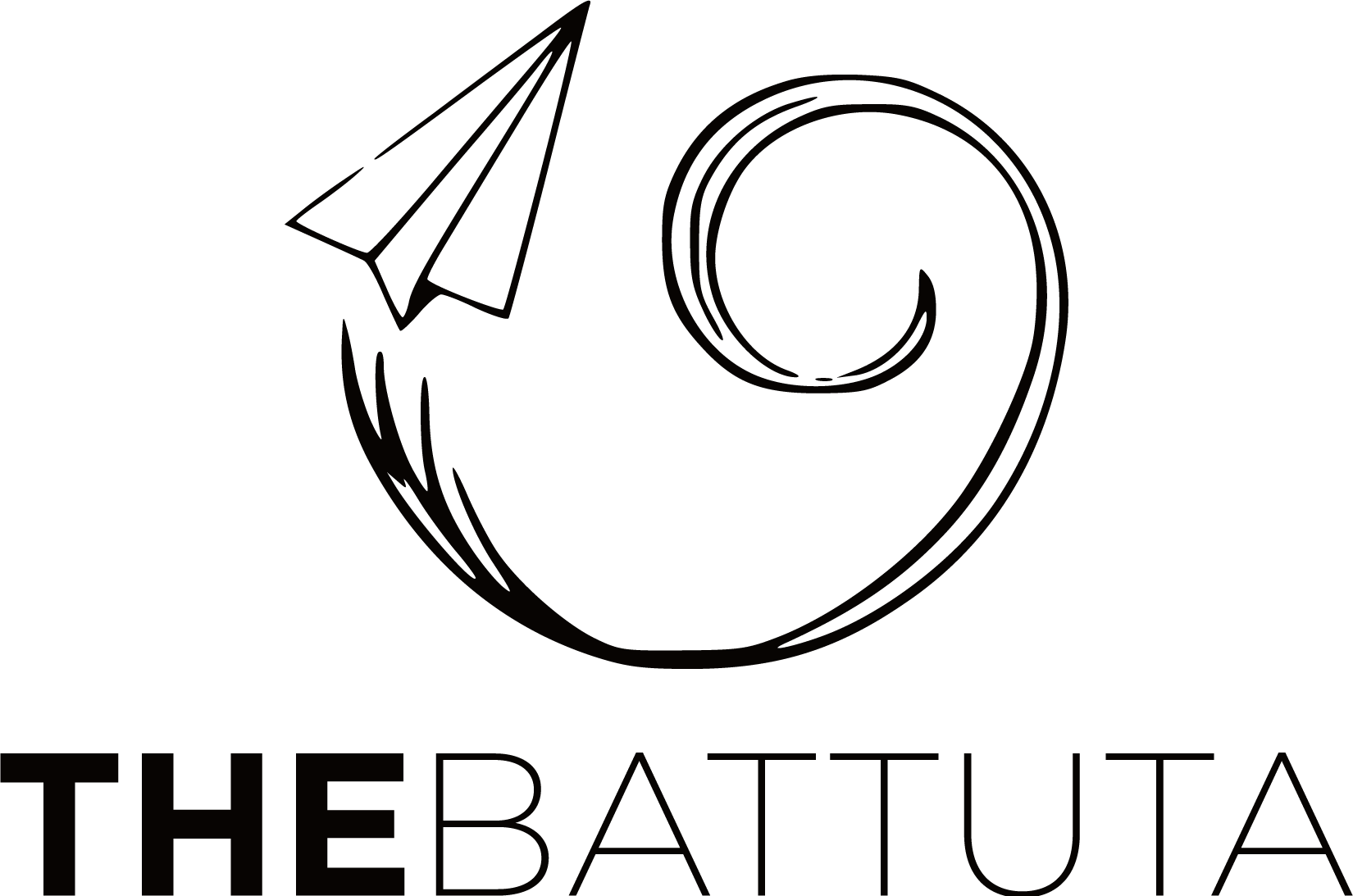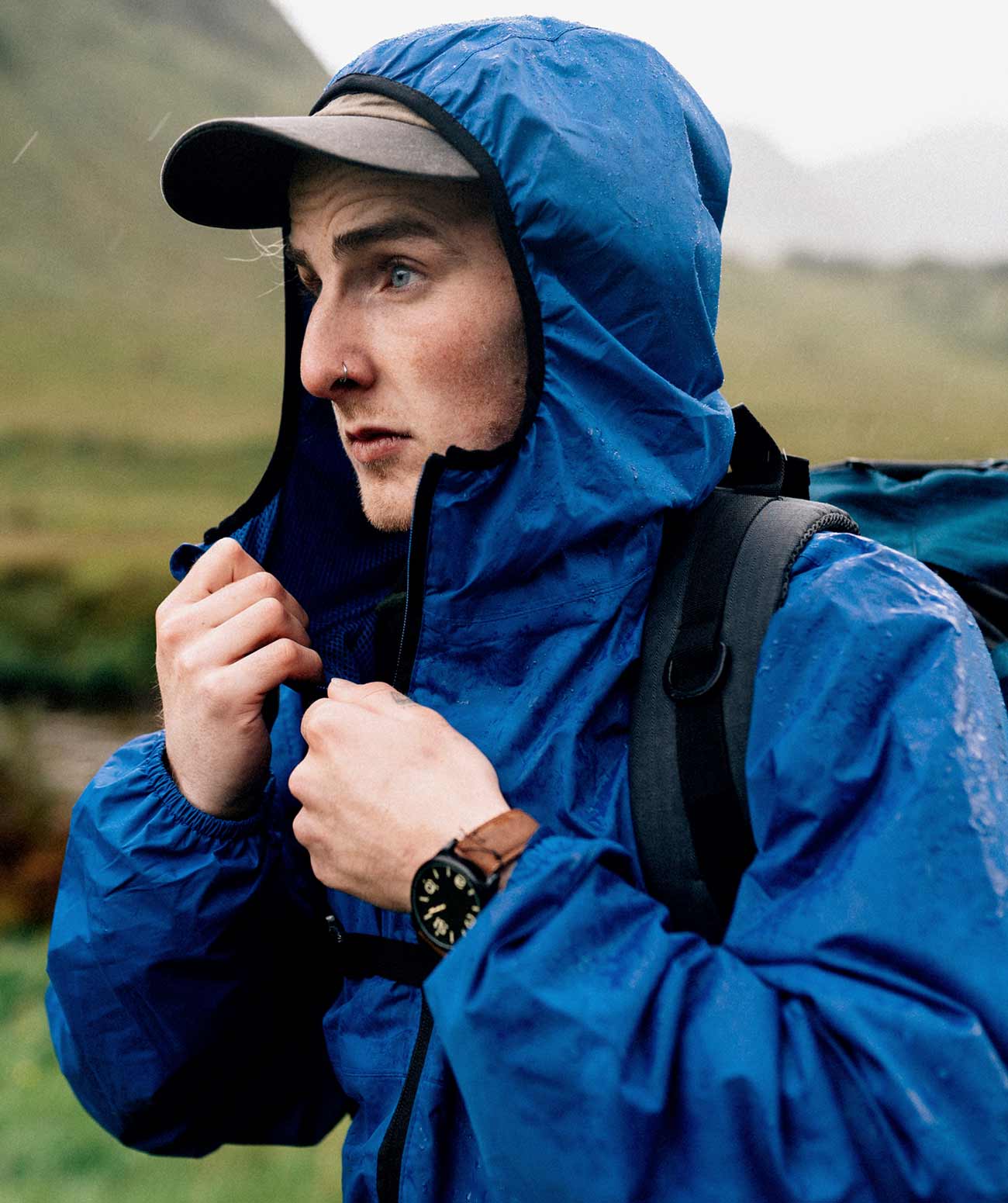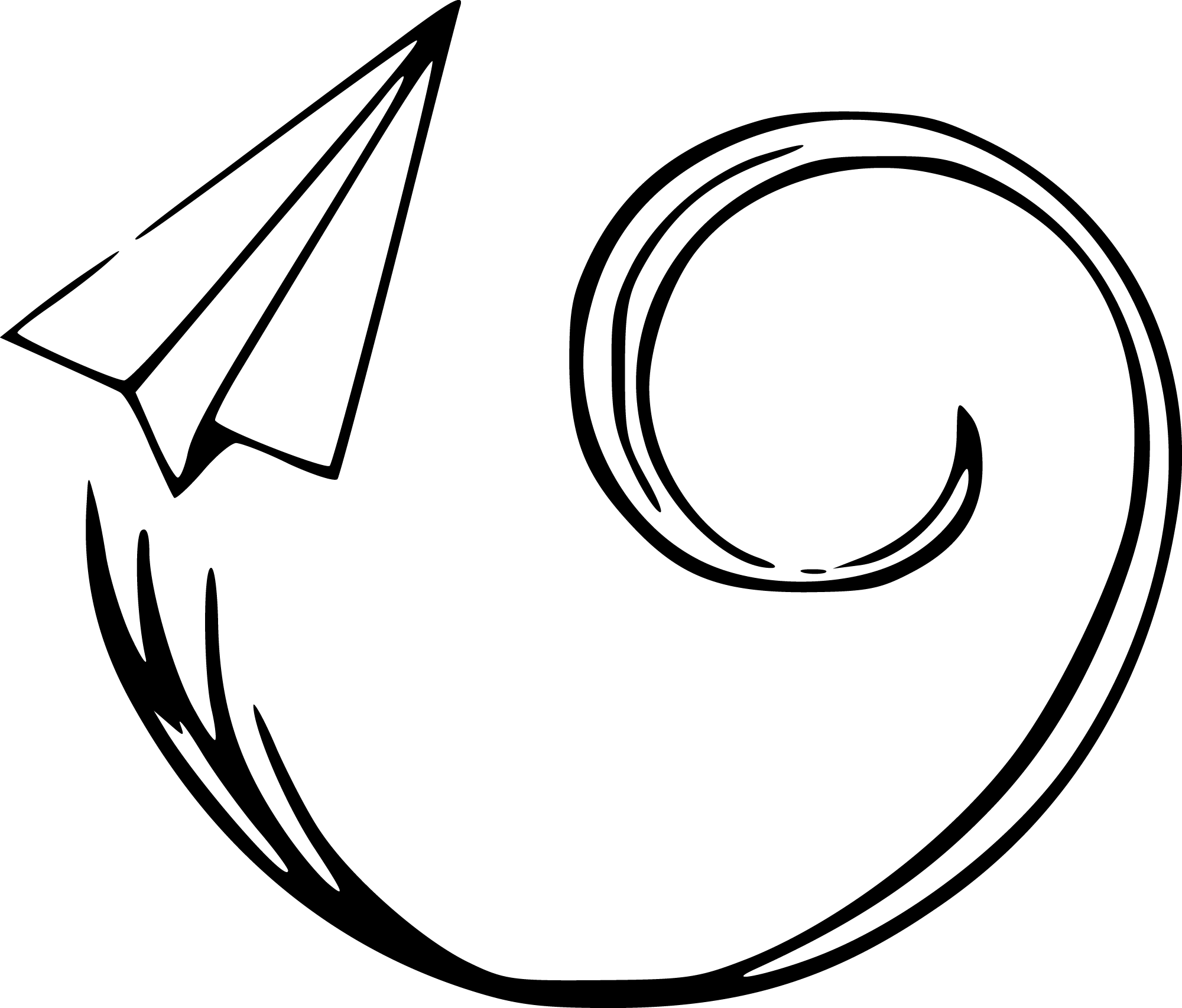Backpacking Cambodia Travel Guide for 2022
Cambodia is one of the countries with contrasts. On the one hand, there is the 1000-year-old Angkor temple, one of the most magnificent structures in the world, the legacy of the Chimer and Apsaras, and on the other hand, the killing fields, torture chambers and painful history of the Khmer Rouge, who killed more than two million people during their rule in the 1970s. The rich Khmer legacy left by the past has already left its place to silence in these lands. When you look into the eyes of Cambodians, you can read the traces of mental traumas due to what they went through. In addition to these, unlike other countries in Asia, there is a simplicity and serenity in the country. Unlike its neighbor Thailand, this land does not feel colorful and vibrant, but the country reborn from its ashes attracts people in unexpected ways.
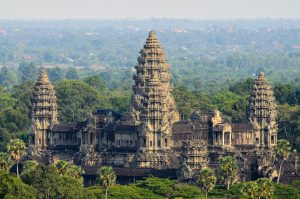
It is a country where life flows slowly with its green nature, small towns and magnificent sunsets. It doesn’t promise exotic islands, nor super-luxury hotels… Not shopping malls, lively streets and nightlife… It doesn’t even fail to excite those who see it for the first time, but there is an enveloping peace in this country.
Cambodia is located in Southeast Asia, in the southwestern part of the Indochina Peninsula. It is bordered by the Gulf of Siam on the south coast, Vietnam on the north and east, and Thailand on the west.
Cambodia Attractions
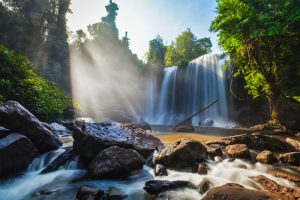
Siem Reap
Siem Reap, located in the north-west of Cambodia, is a fun city with neat and clean streets, accommodation options that appeal to every budget, numerous restaurants where you can taste international cuisine, and bars that fill up in the evenings. Many people go to Siem Reap just for Angkor Wat, but this city is a holiday destination in itself with its markets, temples, delicious cafes and houseboats on Tonle Sap.
Tonle Sap and Chong Khneas (Chong Kneas Floating Village)
Tonle Sap and Chong Khneas (Chong Kneas Floating Village): The largest lake in Southeast Asia, Tonle Sap is one of the world’s unique ecological water reserves and a source of life for Cambodians. The world’s largest floodplain and the floating village on it, Chong Khneas, are worth seeing. Continuing the centuries-old traditions of lake life in Chong Khneas houseboats, Cambodians make their living by fishing with boat houses built on the water, and farming shrimp and crocodiles. This village has a floating school, police station, market, temple and gas station.
Angkor National Museum
Angkor National Museum: The most important museum in the city, the museum hosts 1000 Buddha galleries. You can go to get to know the Khmer traditions and Angkor Wat heritage closely. Siem Reap Tour by Bicycle: There are bicycles for rent in almost every hotel in Siem Reap. Cycling is one of the best ways to explore the city. I recommend the Siem Reap River surroundings. Those with time can tread on the dirt roads outside the city.

Ta Prohom (Thomb Rider) Temple, Angkor Wat
Angkor Wat, 5.5 km north of Siem Reap city, is a legendary city of temples hidden among the forests, bearing the traces of Angkor Civilization. Angkor Wat, the capital and symbol of the mighty Khmer Kingdom, was unlike any other medieval religious building in the world when it was built. While it is compared with Ancient Greek and Roman architecture with its harmony in its design, it is mentioned in the same category with the Pyramids, Machu Picchu and Taj Mahal in terms of architecture and art. Located in the heart of the jungle in Cambodia, the lands and wild grasses gathered on the temple were cleared in the twentieth century. Although the maintenance works stopped during the Khmer Rouge period between 1970-80, restoration works started again after it was included in the UNESCO World Heritage List after the 90s. It takes at least 1 full day to visit Angkor Wat. A daily entrance fee is 20$, a 3-day visit to the park is 40$, and a weekly visit is 60$. When the entrance card is received at 5 pm, it is valid until the same time the next day. Phnom Bakheng Temple can be visited for the first day to watch the sunset. The next day, all temples can be visited for a full day.
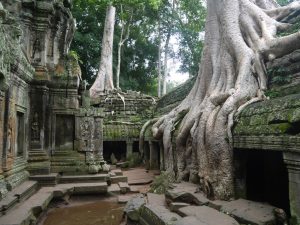
Phnom Penh
Phnom Penh, the capital of the Kingdom of Cambodia, does not promise much except the museums and luxury cafes and restaurants that reveal the country’s painful past. Maybe it’s because I only spend one day here. Maybe it would be more attractive if the famous cafes of the city were discovered and the bazaars and markets were visited, but the first impression was not so good.
Killing Fields
Killing Fields: The place where the traces of the brutality created by the Khmer Rouge teams under the leadership of Pol Pot can be seen. It is located 15 km northwest of the city. In the Killing Fields, the skulls inside the Choeung Ek Memorial are chilling.
Tuol Sleng Genocide Museum (Tuol Sleng Genocide Museum)
Tuol Sleng Genocide Museum (Tuol Sleng Genocide Museum): In order to understand how the traces of physical massacre are inscribed on people’s egos and their eyes, it is necessary to see this place used as a torture office by the Khmer Rouge (Red Khmer) regime. The Royal Palace, Silver Pagoda, Phnom Chisor Temple, Daughters of Cambodia Visitor Centre, National Museum and Phnom Tamao Wildlife Rescue Center are among the places to see in Phnom Penh. Shopping lovers can visit the Central Market.
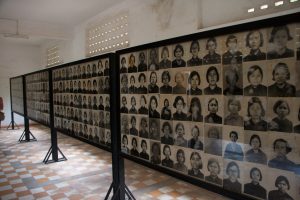
Kampot Town
Kampot Town is a place to stay for at least 1 night, with its French-style buildings along the river and stunning sunset views. I definitely recommend you to go to the shore during sunset hours and witness the magnificent sunsets. In addition, Kampot is a pass for Bokor National Park, one of the best national parks in the country. Nature and trekking lovers can take their route.
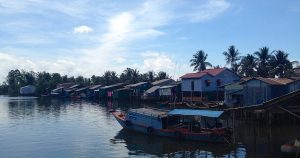
Kep Town
Known as the favorite holiday destination of Cambodians, Kep, a small, peaceful beach town, is a good choice to relax and feel peaceful. It is a place to see with its villas with the characteristics of the French architectural style and restaurants where Asian and French cuisine meet, luxury hotels and a clear beach with a swimmable length of more than 1 km. You can enjoy the magnificent scenery around the coast with a bicycle tour of the town. Kep crab market is a must-stop for seafood lovers. It starts to get crowded with the sales starting in the morning. It’s possible to eat blue crab for just a few dollars. Koh Tonsay (Rabbit Island) can be preferred with its white beach and rich underwater life.
Koh Kong
Koh Kong is a town where the border crossings between Thailand and Cambodia are made. The town center is very small and not very attractive. Cambodia’s internet speed is amazing. I can recommend 1 night accommodation for those who tour Cambodia. Those who don’t have time can skip this place. The island of the same name, Koh Kong Island, which can be reached from this town, offers an untouched nature. It offers extraordinary opportunities for nature lovers who want to join trekking tours for Cardamom Mountains, one of the rare unspoiled places in Southeast Asia.
Cambodia eating and drinking
Eating on the streets is part of the culture in Asia. In almost every corner of the cities; You can see portable food stalls on the beach, between streets, in markets, and even in front of restaurants. The culture of eating on this street is also very common in Cambodia. Seafood is also commonly cooked on the stalls, where meat and chicken are mostly prepared. In the morning, people drink more noodle soup. Noodles are similar to our noodles, they are also called Chinese noodles. Easy to cook and prepare. Often some vegetables and meat are also put in it. There are also those prepared with shrimp or other seafood.
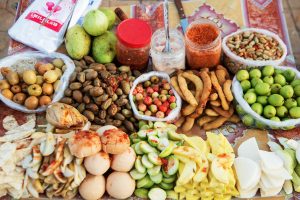
Food in Cambodia offers interesting experiences. Egg balut, which is boiled with an embryo in it, is frequently consumed in the country. Most tropical fruits are sold for $1. Eating delicious pineapple, mangosteen, dragon fruit, mango and watermelon and bananas fresh, one of the other, is one of the best activities to do in Asia. Especially if you are lazing on a sun lounger by the sea, there is nothing like cooling off with a cold coconut. In Cambodia, besides fruit juices called tikalok, sugarcane juice is one of the alternative drinks consumed. While grocery stores are one of the richest places to find food in Asia, Sihanoukville Phsar Leu Market can fool you. There are live chickens on one side, and blue crabs smashing alive on the other. It’s possible to get a bag full for just a few dollars. Angkor, the country’s own beer, is produced in Sihanoukville in partnership with an Australian company. Other brands are Heineken, Tiger, San Miguel, Carlsberg, VB Fosters and Grolsch. Angkor beer is only $1. Good tasting fruity light drinks, popularly known as tikalok, can be found all over the country. If you are open-minded about food and love seafood, Cambodia is a paradise.
Cambodia nightlife
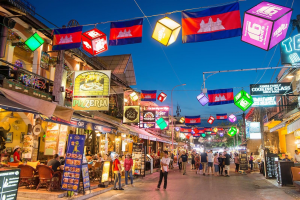
Phnom Penh and Siem Reap are where the best cafes and bars are located. Phnom Penh is the place of disco nightlife. There are several clubs such as Rock, Spark, U2 where locals and foreigners come together. Nightlife in Phnom Penh starts quite late, around 9 PM, after a good dinner and a few drinks in the bars. The prices of drinks in these bars can be very high, it is possible to buy drinks from street vendors for half the price. Outside of Phnom Penh, nightlife is mostly experienced in Khmer nightclubs. It is okay for foreign women to enter these nightclubs, which generally serve men. These places have good orchestras.
